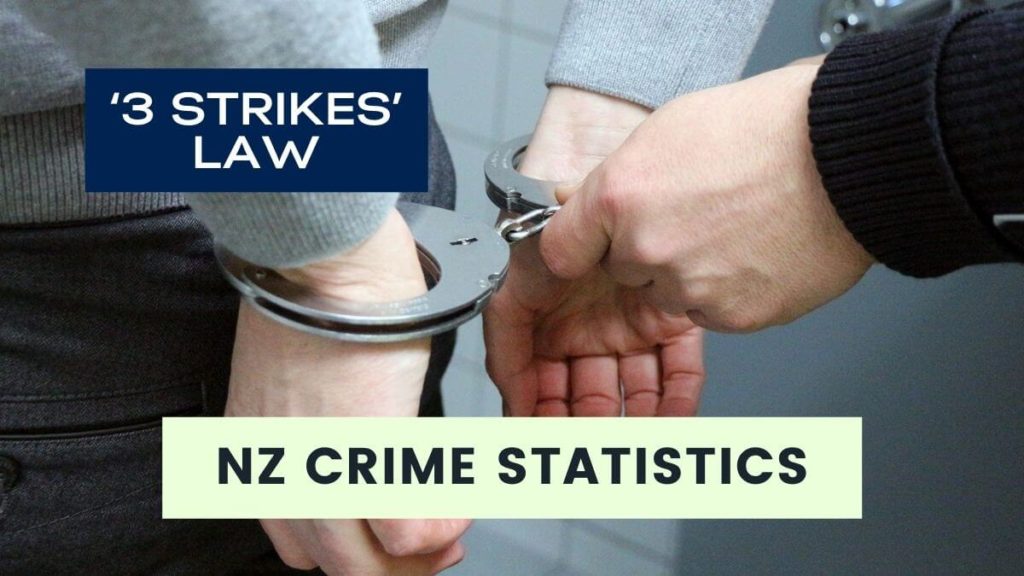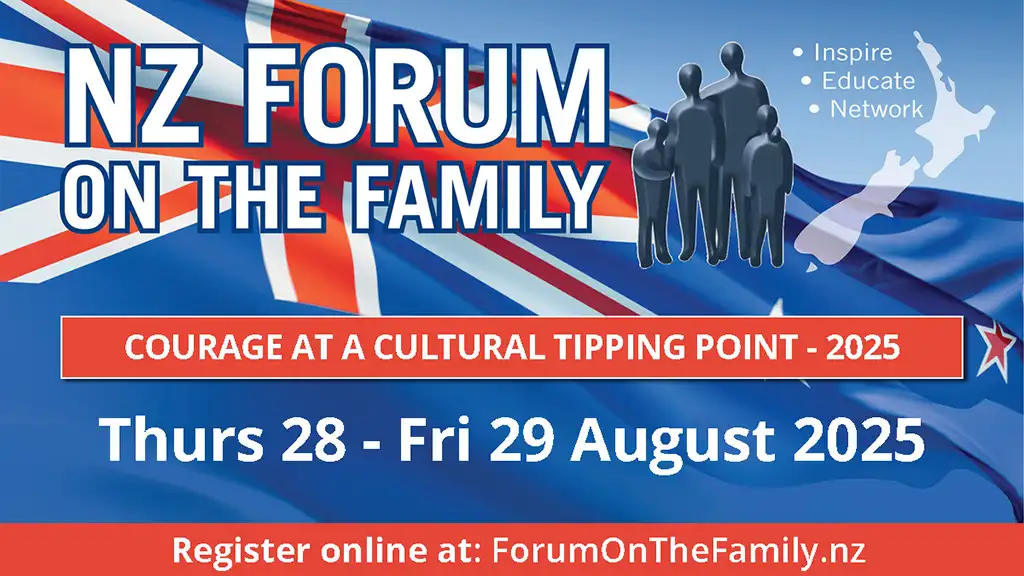THE PROBLEM
The latest NZ National Survey of Victims and Crime shows that 29% of adults had been a victim of crime at least once over the previous 12 months.
Even frontline services are expressing concern
Gang-related shootings and the use of firearms in general – including against our police – have become disturbingly normal. In 2020, gun crime hit a new peak. Firearm related offences are nearly double that of just 10 years ago.
An act of family violence is reported every four minutes, according to the New Zealand Police annual report published in November 2021.
A key reason for Three Strikes being introduced and receiving public support was widespread community outrage at serious violent or sexual offenders repeatedly getting parole and going on to commit more serious crimes. Remember William Bell and the horrific RSA case.
Just examine any child abuse case before court to see the community outrage at the weakness of the sentences being handed down.
THE SOLUTION
How the three strikes regime work
There are 40 qualifying three strike offences, comprising all major violent and sexual offences with a maximum penalty of seven years or greater imprisonment.
[For example; sexual violation, sexual connection with a child or young person, indecent act on a child, murder, attempted murder, manslaughter, wounding with intent to cause grievous bodily harm, aggravated robbery, kidnapping, and more]
If an offender is convicted of a strike offence (with no previous strike warnings), they receive an official first ‘strike’ warning.
If the offender is convicted of a second qualifying offence, they are given a final warning (second strike), and if they are sentenced to imprisonment, they may serve the full sentence without parole.
If the offender is then convicted of a third qualifying offence the court must impose the maximum applicable penalty without parole, unless the court considers it would be manifestly unjust to do so.
Finally, if the offender is convicted of murder on their second or third strike the court may impose a life sentence without parole, unless the court considers the sentence manifestly unjust.
THE RESULT
Since mid 2010 when the new law commenced;
- There have been 13,349 first strikes
- There have been 640 second strikes (i.e. 4.8% of 1st strikers have progressed to a 2nd strike)
- And then there have been 21 third strikes (i.e. 3.2% of 2nd strikers have gone on to do a 3rd strike)
- How many 1st strikers graduated to a 3rd strike? Just 0.16%.
- It’s also pleasing that more than 95% of first strikers have not gone on to do a second strike.
An Official Information Act request at the end of 2018 said that those who have had a second or third strike:
- had an average of 42 convictions as an adult. For 3rd strikers, it’s an average of 74 convictions
- 91% were assessed as being at a high risk of reoffending
- 56% committed their 2nd strike on bail or parole or while serving a sentence.
- 40% have a “strike type” conviction from prior to the three strikes regime
This data indicates that the three strikes regime is accurately targeting the serious recidivist offenders.
One of the arguments you will hear for scrapping the law is that it disproportionately impacts Maori.
But what you won’t hear is this – Māori adults are significantly more likely to be victims – victims of crime – than the average adult. The Justice Ministry admits that “Māori on average live in more deprived areas, which is linked to a higher risk of victimization”
Another argument is that we’re wasting money on prisons.
But instead of viewing prison-related expenses as a taxpayer burden, these expenses are an investment in the wellbeing, welfare and safety of families – and if done correctly, rehabilitation of the offender. They save costs such as lost productivity, medical care, security services, property damage loss, victim support, and intangibles such as reduced quality of life, pain, suffering, and mental anguish
When announcing their decision to scrap the law, the Government said that “there is little evidence that the law has reduced serious offending”
but they haven’t asked victims or victim groups. The Regulatory Impact Assessment report for this proposed scrapping of the law admits that no victims have been consulted at all on this bill.
The only official report around is the one from 2018. Ironically, in that 2018 report, Ministry of Justice officials admit: “…in comparison with second strikeable offences committed before the law came into effect there has been a drop in the number of second strike offences since the laws implementation.”




